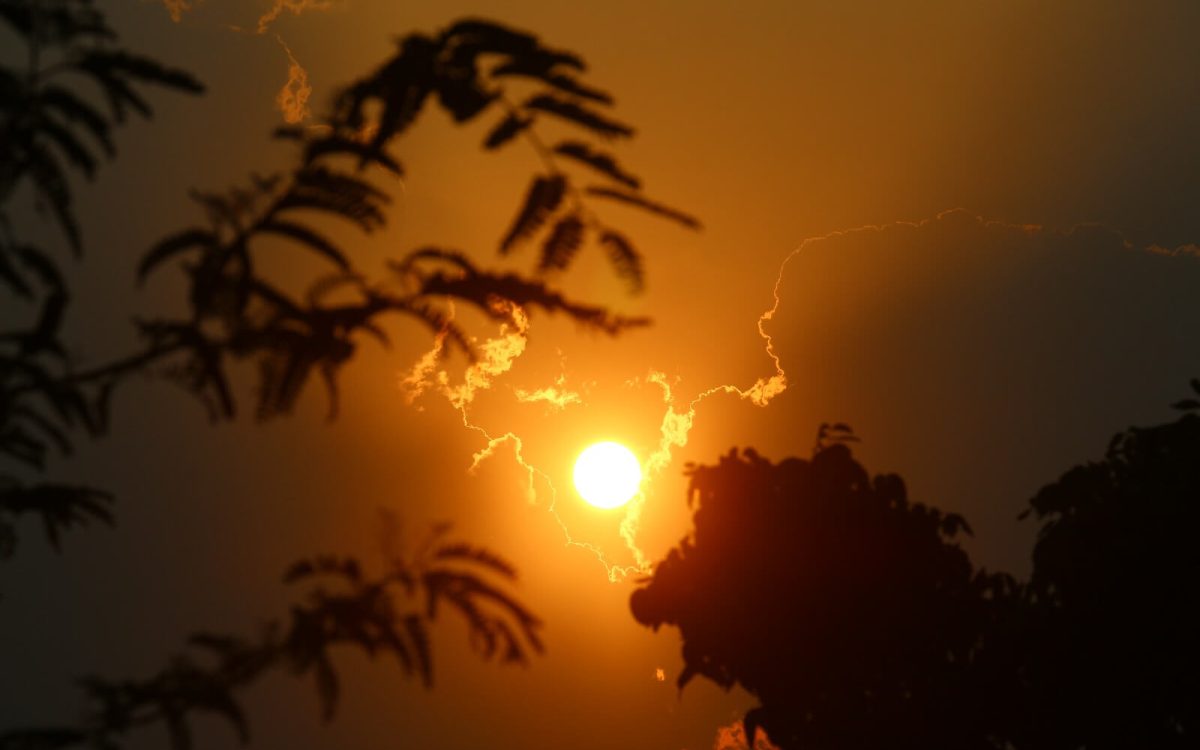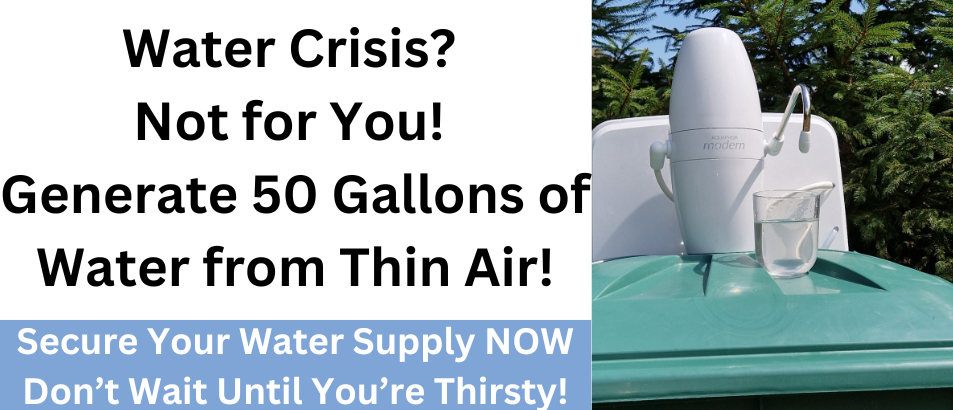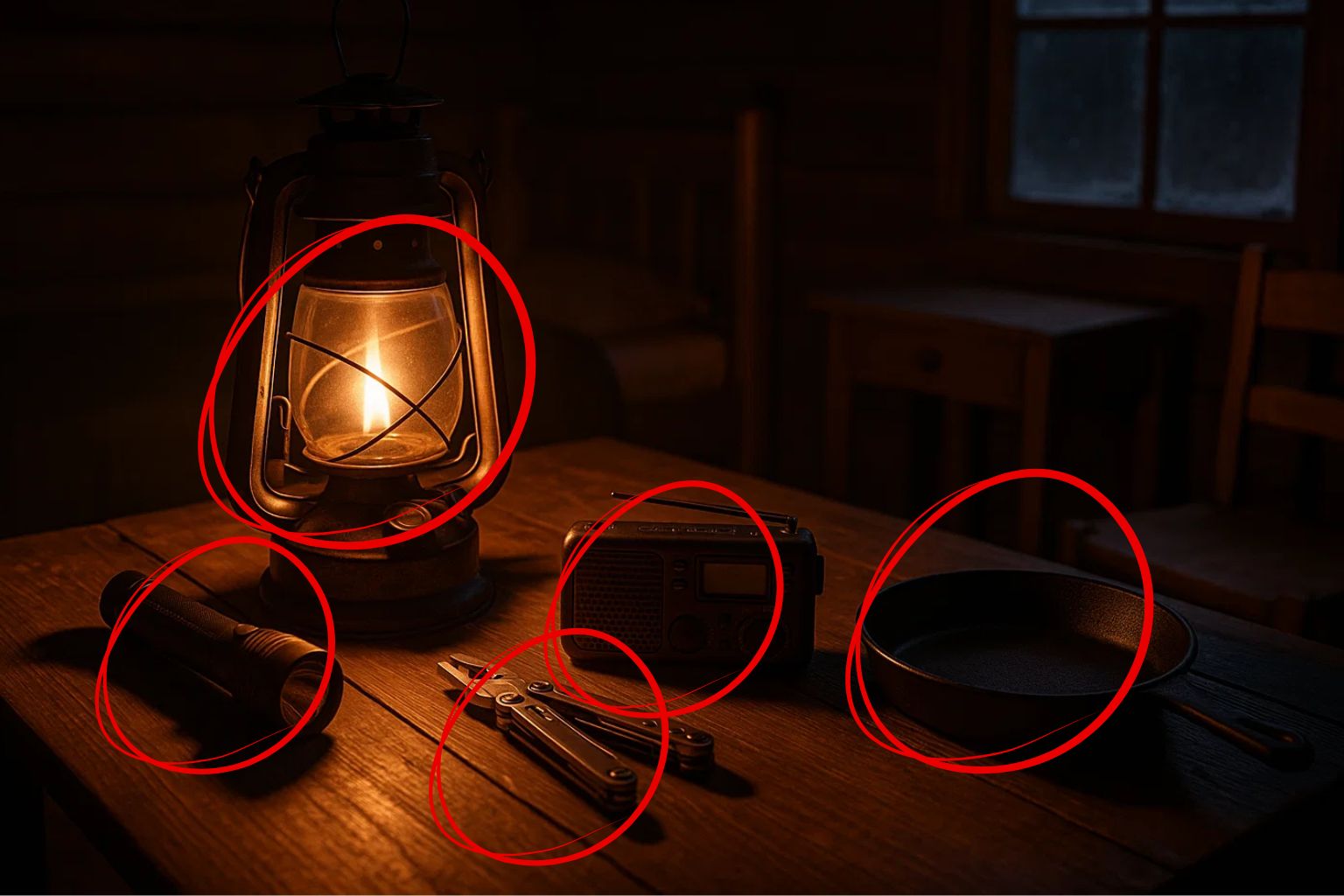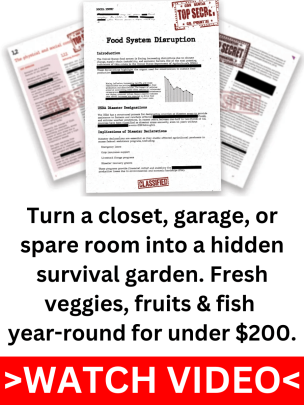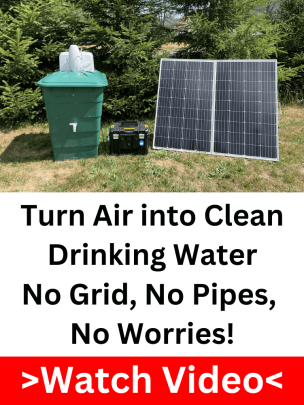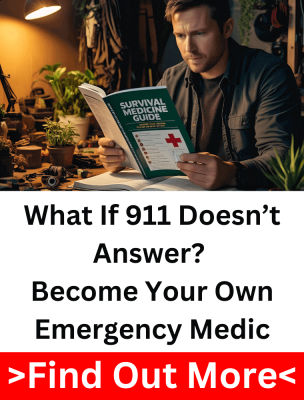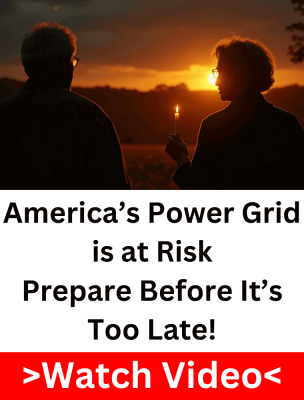Most folks think of extreme heat as uncomfortable, but not deadly. The truth is, if you’re caught out in the open with no shade, heat becomes a real threat to your life. It doesn’t take long for your body to start shutting down when the sun is bearing down and there’s nowhere to cool off. In the wrong conditions, even strong, capable people can fall apart fast.
You don’t need to be in a desert to run into trouble. A hike gone too long, a breakdown in the middle of nowhere, a natural disaster that leaves you stranded, these moments can put you in direct exposure. And once your core temperature climbs past safe levels, it’s not just dehydration you have to worry about. It’s heat stroke, confusion, and collapse.
Understanding how to survive extreme heat without shelter is a critical skill every prepper should have. Knowing what works out there, how to reduce your exposure, cool your body, and avoid the mistakes that take people out is the difference between a close call and a full-blown emergency.
Why Heat Without Shade Becomes Deadly Fast
Direct exposure to the sun sends your core temperature climbing fast, faster than most people realize. Without any shade, your body has to fight against the full force of solar radiation, and when there’s no airflow to carry heat away, things go downhill in minutes. Sweat starts pouring out, but in extreme conditions, that cooling system can’t keep up. The more heat your body absorbs, the harder your heart and brain have to work to keep you stable, and that balance tips sooner than you’d expect.
One of the first signs you’re in trouble is heat exhaustion. You’ll feel lightheaded, maybe a little nauseous, like you just need to sit down, but that’s the red flag most folks ignore. The real danger is when that slips into heat stroke. Your skin might stop sweating. Your pulse races. You feel disoriented, maybe even aggressive or confused. At that point, your internal temperature is climbing past the point of safety, and you’re heading for organ failure. That’s not theory, that’s what happens when people try to tough it out under the sun without relief.
The scary part is, you don’t always see it coming. You might still be walking around, talking like everything’s fine, while your body’s already running on fumes. That’s why spotting the signs early and knowing what to do matters. By the time it hits you that something’s wrong, you might already be too far gone to just tough it out.
How to Make Shade When There’s Nothing Around
If you’re caught out in the open, job one is getting the sun off you. Doesn’t matter what you’ve got, a tarp, poncho, Mylar blanket, anything that throws a little shade helps. And if you don’t have gear, use what you do have. A jacket, a shirt, even your pack, get creative. The sun will wear you down fast, so your first move is simple: block it, cool off a bit, and buy yourself time to think.
The trick is getting that makeshift cover off the ground to allow airflow underneath. Shade without ventilation becomes an oven. Use whatever’s around, branches, sticks, your trekking poles, or even prop up one side using your backpack. It doesn’t have to be perfect. One edge to the ground, the other lifted to catch a breeze, can make the difference between cooling off and trapping heat. Think A-frame or lean-to shapes, not tight wraps.
Angles matter more than most people realize. Your setup should face the direction of the wind if there’s any breeze at all. A shelter that lets hot air escape underneath and around your body is what cools you down, not a blanket clinging to your back while the sun bakes it from above. If your shelter traps heat, you’re just sitting inside a slow cooker.
Even a small patch of shade can lower the temperature around your body by 10 to 15 degrees. That drop might not sound huge, but it’s enough to slow the progression of heat stroke, reduce sweat loss, and buy you critical time. In survival situations, that’s exactly what you need to survive extreme heat, a few minutes more to recover, plan, or wait for rescue.
Cooling Yourself When There’s No Escape
When you can’t find proper shade or shelter, your next best move is to start cooling your body manually. One of the quickest ways is to soak your shirt, hat, or a rag with water, whatever you have, and let evaporation do the work. If there’s even the slightest breeze, combine that with your wet layer, and you’ve got a basic evaporative cooling system. Sitting low to the ground in the shadow of your pack, behind a rock, or angled toward a breeze can help reduce your exposure just enough to keep you stable.
Focus on pulse points, your neck, wrists, ankles, and the inner elbows. These areas push blood close to the surface, and cooling them helps lower your internal temperature faster. Pouring a bit of water over those spots or pressing something cool against them can make a real difference. It’s not about getting comfortable, it’s about slowing down the heat before it shuts you down. These small adjustments aren’t gimmicks, they’re simple, extreme heat survival tips that keep your system from tipping into dangerous territory.
Hydration Isn’t Enough… It’s How You Drink
When you’re exposed to high heat with no shade, the instinct is to chug water the second you feel dizzy or dry. But in extreme conditions, gulping water too fast can backfire. It can upset your stomach, trigger vomiting, or shock your system if your core temperature is already climbing. Losing that water through vomit or sweat sets you back even further, so the way you drink is just as important as staying hydrated in the first place.
The right way to drink in serious heat isn’t to guzzle, it’s to pace yourself. Sip a little, wait, then sip again. That gives your body a chance to use it instead of just sweating it right back out. And if you’ve got electrolytes, salt, tablets, or even some sports drink powder, use them. When you’re sweating buckets, water alone doesn’t cut it. You’ll cramp up, lose your strength, and start feeling cloudy. This isn’t about just killing your thirst, it’s about staying on your feet and thinking straight.
Dehydration hits faster than most people realize, especially when you’re moving or panicking. You might not feel it coming until your skin goes dry, your head starts pounding, and your thoughts get fuzzy. And by the time those signs show up, you’re already behind. In hot weather survival, hydration isn’t a one-time fix, it’s a constant process. Managing it the right way helps keep your body cool, your decisions sharp, and your chances of getting through the heat a whole lot higher.
Smart Clothing Choices Can Save Your Life
What you wear in extreme heat can either help you stay standing, or push you closer to heat exhaustion. Loose, light-colored clothes do a better job than you’d think. They reflect sunlight and let air move around your body, which helps you stay cooler. It might seem like wearing less is smarter, but exposed skin under a blazing sun heats up fast and dries out even faster. Long sleeves and lightweight pants made from breathable fabric can keep you cooler than going shirtless, and they protect you from burning up out there.
A wide-brimmed hat is essential; it shades your face, neck, and shoulders, which are all vulnerable points in direct sun. Avoid dark gear or tight fabrics that trap heat and absorb sunlight. Stick to layers of thin, light fabric that let heat escape and offer UV protection. What you wear isn’t just about comfort out here; it’s your first line of defense when there’s no shelter in sight.
When the heat is brutal and there’s no cover, your instinct might be to keep moving and find shade, but that’s often the worst thing you can do. Every step you take pushes your body harder, raises your core temperature, and drains what little energy and water you’ve got left. Unless you’re in immediate danger, like needing to get off burning pavement or escape a wildfire, movement just speeds up the crash. Your body doesn’t last long in that kind of exposure when the sun’s pounding down.
Sometimes the smartest move is to stop. Drop your pack, get whatever cover you can, and focus on cooling off. Let your system settle before you decide what’s next. Heat scrambles your thinking, and forcing yourself to keep going when you’re close to the edge can be the thing that takes you out. Knowing when to hold still gives you a better shot at walking out of it later.

